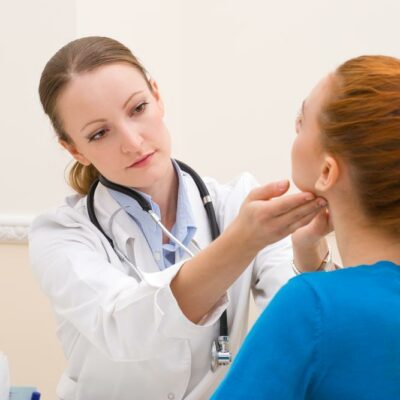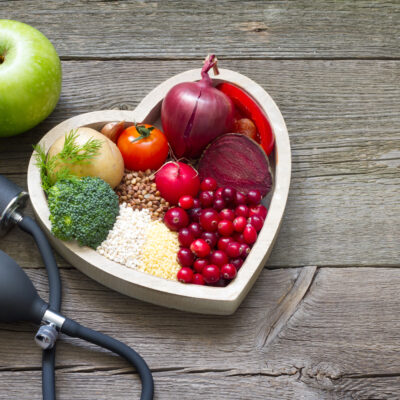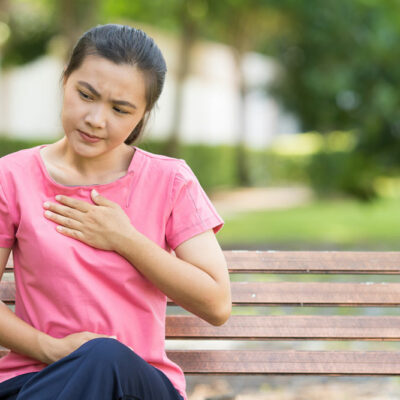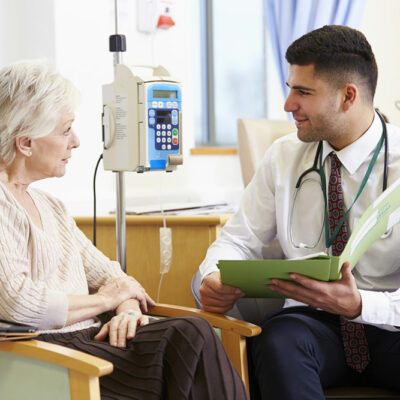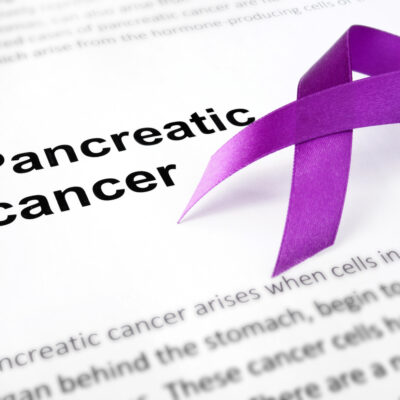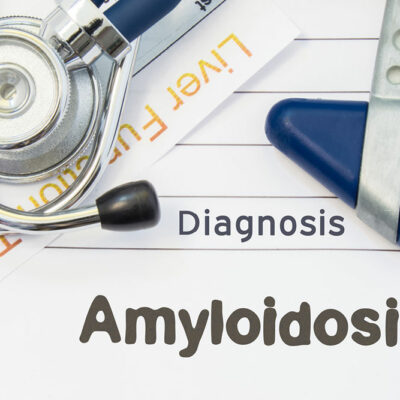
Health
Facts About Alcohol and Substance Abuse Treatments
Alcohol addiction is one of the complex issues that are considered a negative social stigma. Many people share their life experiences about addiction where they tell others about how they fight with it and how they come out of it. During the alcohol and substance abuse treatments, it is usually hard for people to handle the recovery process. In addition, during this process, they learn many things about addiction like how they can control themselves, and how they can stay away from it. In this article, we will share some essential points about addiction, which people usually realize after they have defeated addiction. Therefore, we recommend you to read until the end to know what those things are which can help you in the recovery process on the other side: 1. People can hide their addiction easily Movies and television shows do not always represent intoxication realistically. This is the reason you think that everything is fine and that you are in a good relationship with friends and family, so you cannot be affected by the problem. People can hide their problems in plain sight by masking them with different things like jokes and saying negative things about alcohol in public.
Read More 
